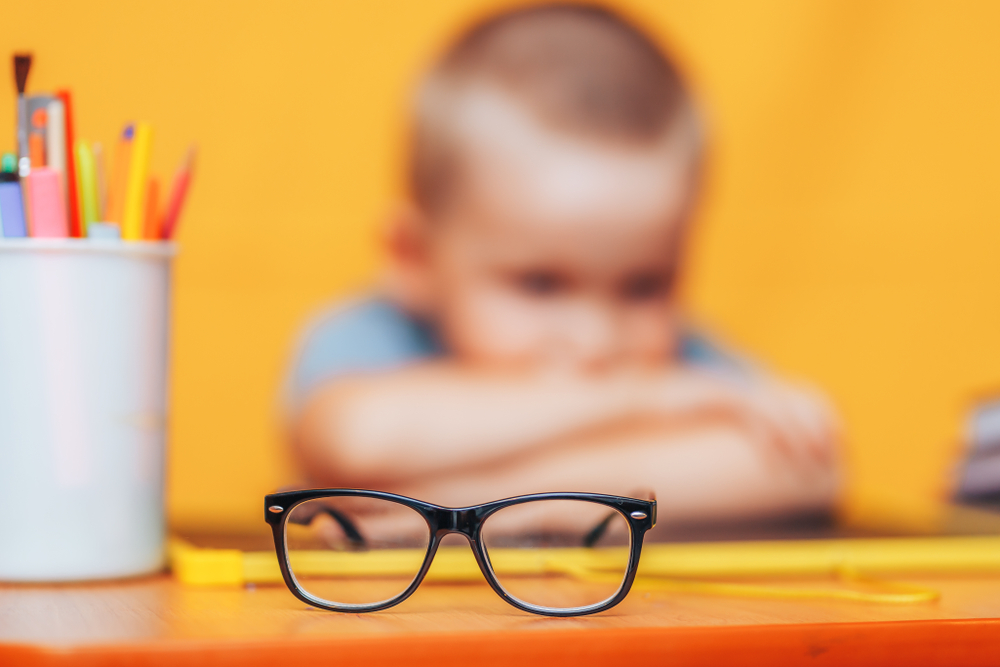Address:
26400 Kuykendahl Rd. Suite A190
The Woodlands, TX 77375

Clear vision plays a crucial role in a child’s development, influencing their learning, social interactions, and overall well-being. However, many vision problems can develop early in life, often without obvious symptoms. At Creekside Family Eyecare, we believe that educating parents about the most common vision issues in children and knowing how to spot the warning signs can make a significant difference in your child’s future.
Nearsighted children can see objects up close clearly, but distant objects appear blurry. Myopia often becomes noticeable during the school years when a child may start to have difficulty reading the board or seeing distant objects in the classroom.
Farsightedness means a child can see distant objects better than those up close. Mild hyperopia is common and often not noticed, but higher degrees may cause eye strain, headaches, or trouble with reading.
Astigmatism occurs when the cornea or lens is irregularly shaped, causing blurred or distorted vision at all distances. Children with astigmatism may squint, experience headaches, or complain about trouble seeing clearly.
Amblyopia happens when one eye is weaker than the other. It’s often caused by strabismus (eye misalignment) or differences in prescription between the eyes. Children may not notice anything wrong, but untreated amblyopia can lead to permanent vision loss in the weaker eye.
Strabismus refers to eyes that are misaligned - one eye may turn in, out, up, or down while the other remains straight. It can cause double vision or lead to amblyopia if not addressed early.
Children may not always realize or communicate that they’re having vision problems. As a parent or caregiver, watch for these signs:
Frequent squinting or tilting the head
Sitting very close to the TV or holding books close to the face
Complaints of headaches or eye pain
Covering one eye to see better
Rubbing eyes excessively
Difficulty concentrating or avoiding activities that require near vision, like reading
Poor performance in school
Eye misalignment or noticing that one eye drifts
If you observe any of these behaviors, it’s important to schedule an eye exam as soon as possible.
Early detection is key to protecting your child’s vision. Many vision problems can be effectively treated if caught early. Pediatric eye exams not only assess how well your child can see but also evaluate the health and function of their eyes. Routine exams can help prevent issues from impacting your child’s learning and development. The American Optometric Association recommends comprehensive eye exams at 6 to 12 months, age 3, before starting school, and every year thereafter.
Healthy vision is essential for children to reach their full potential. By knowing the signs of common vision problems and scheduling regular pediatric eye exams, you can help ensure your child has the clear, comfortable vision they need to succeed in school and beyond.
Contact Creekside Family Eyecare to schedule a pediatric eye exam to ensure clear and healthy vision. Visit our office in The Woodlands, Texas, or call (832) 559-3861 to book an appointment today.